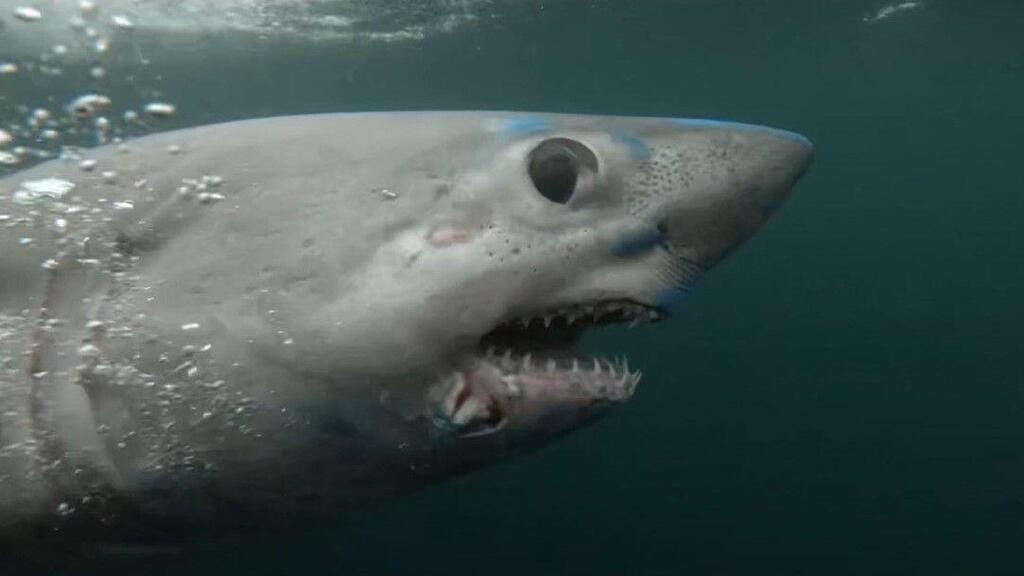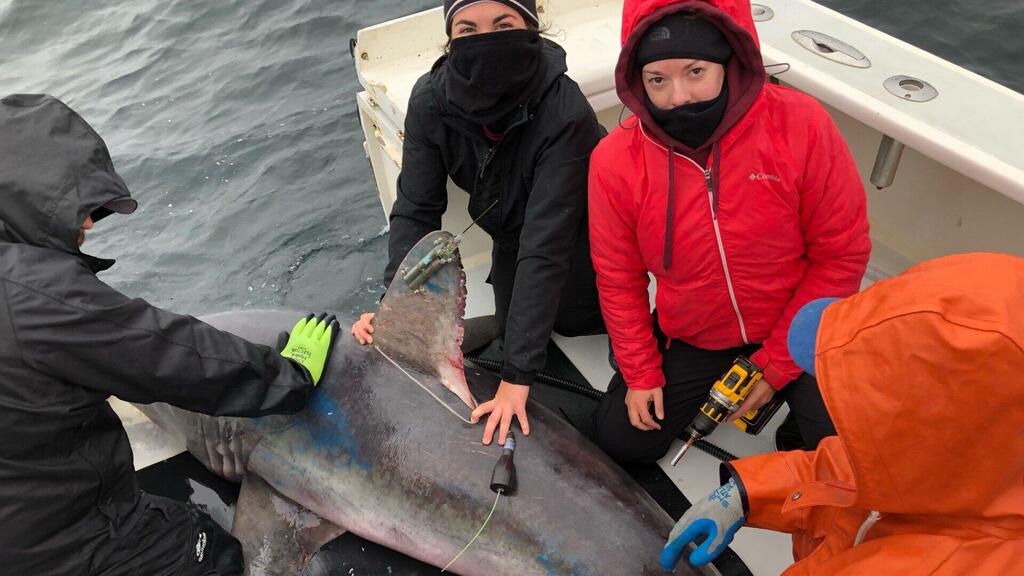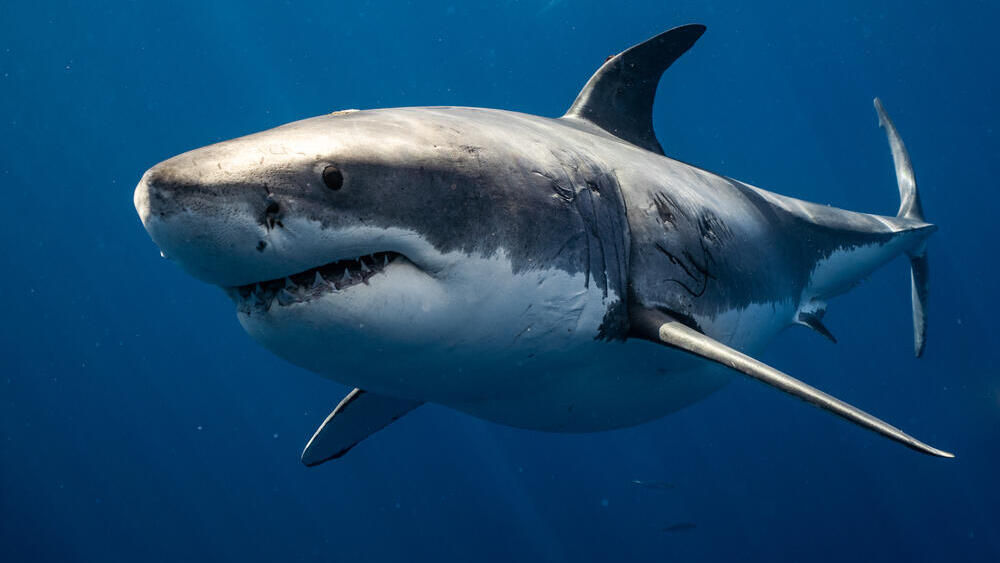Getting your Trinity Audio player ready...
Porbeagle shark
(Video: James Sulikowski)
A scientific investigation revealed a chilling incident involving a female Lamna nasus shark, also known as the porbeagle shark, being eaten by another shark southwest of Bermuda, a British Overseas Territory located in the Atlantic Ocean.
Researchers who had attached a tracking tag to the female shark discovered the case after receiving abnormal temperature data from the tag’s reading. Marine biologist Dr. Brooke Anderson from Arizona State University said this was a serious incident since the female shark was pregnant, meaning that the reproductive capabilities of this endangered species could be affected by the tragic event.
"In one event, the population not only lost a reproductive female that could contribute to population growth, but it also lost all her developing babies. If predation is more widespread than previously thought, there could be major impacts on the porbeagle shark population that is already suffering due to historic overfishing,” Dr. Anderson explained.
Porbeagle sharks belong to the Lamnidae family and are widely distributed across the Atlantic Ocean, the southern Pacific Ocean and the Mediterranean Sea, but their numbers are decreasing alarmingly.
These large sharks, which can reach up to 3.7 meters (12 feet) in length and weigh up to 230 kg (510 lbs), have a long lifespan of between 30 to 65 years and are capable of maintaining a body temperature higher than the surrounding water. They have, however, become targets for fishermen and are harmed by discarded fishing equipment.
Females become fertile around the age of 13, giving birth to an average of four pups every year or two after a gestation period of between eight to nine months. Due to their relatively slow reproductive cycle, these shark populations can’t recover from the destructive impacts of human activities quickly, including the destruction of their habitat.
As a result, porbeagle sharks living in the Northwest Atlantic Ocean are classified as endangered according to the International Union for Conservation of Nature (IUCN) Red List, while populations in the Northeast Atlantic Ocean and the Mediterranean are considered critically endangered.
As part of their shark migration study published in the Frontiers in Marine Science journal, Dr. Anderson and her colleagues attached tracking tags to the sharks to record their location, depth and temperature.
Among the sharks was a pregnant 2.2 meters (7.2 feet) long female, from whom Dr. Anderson and her team hoped to gather crucial data to help protect the species' reproductive capabilities. Unexpectedly, the tag from this pregnant shark transmitted data near Bermuda after 158 days.
The data revealed that the pregnant shark had been swimming for five months (starting from October 2020) in the North Atlantic Ocean at depths between 100 to 200 meters (330 to 660 feet) at night and 600 to 800 meters (1,970 to 2,620 feet) during the day, in waters with temperatures ranging from 6.4 to 23.5°C (43.5 to 74.3°F).
Starting from March 24, 2021, the temperature remained at around 22°C (71.6°F) at depths between 150 to 600 meters (490 to 1,970 feet). The researchers immediately realized that the only explanation was that the pregnant shark had been preyed upon by a larger shark.
They estimated that the predator could have been either a great white shark (Carcharodon carcharias) or a mako shark (Isurus oxyrinchus), as their muscle movement generates heat.
Among the two candidates, the great white shark was more likely, as mako sharks more frequently move between the shallow and deep ocean during the day — a behavior not recorded by the tracking tag of the preyed shark.
"This is an unexpected discovery as we often think of large sharks as being apex or top predators, but with technological advancements, we have started to discover that large predator interactions could be even more complex than previously thought," Dr. Anderson said.
"It’s clear that we need to continue studying predator interactions, for example, to estimate how often large sharks are hunting each other, and start to uncover what cascading impacts these interactions could have on the ecosystem,” she added.







